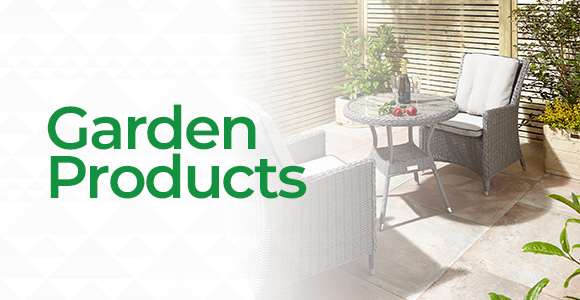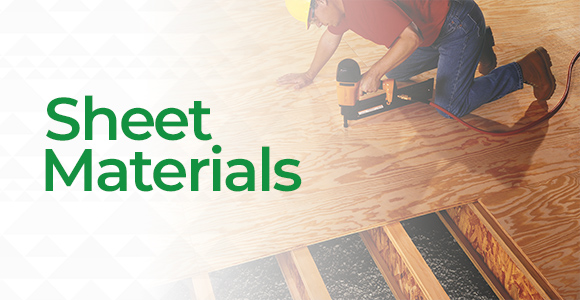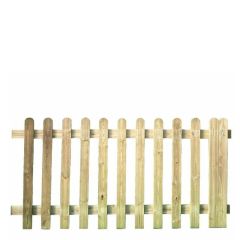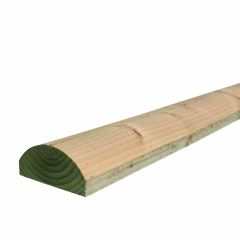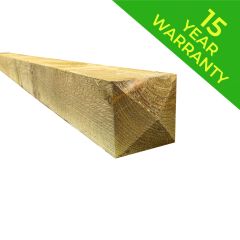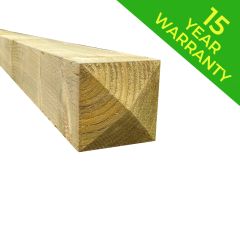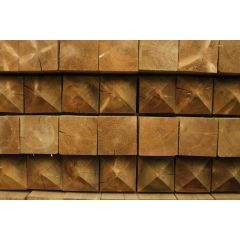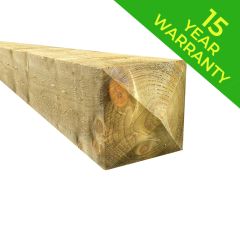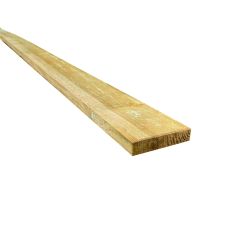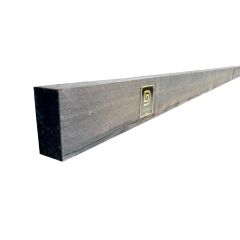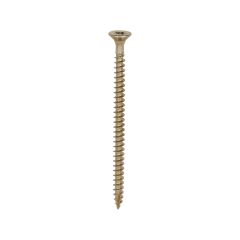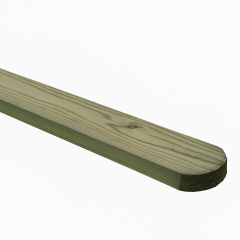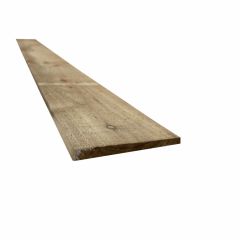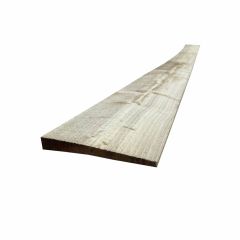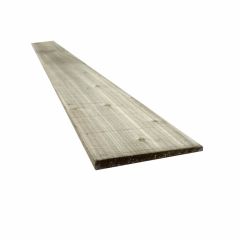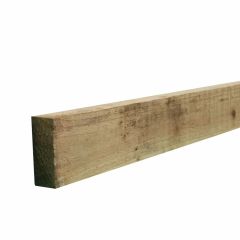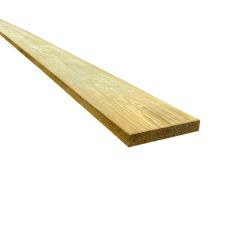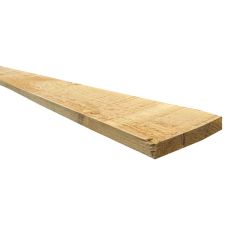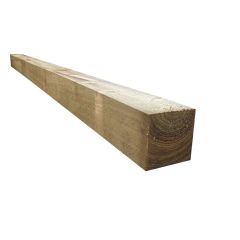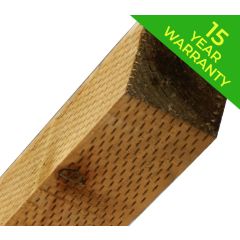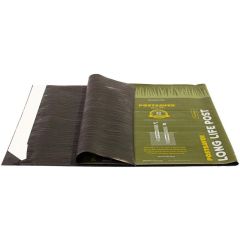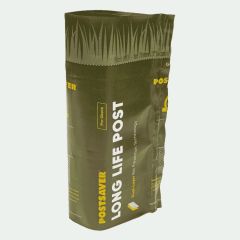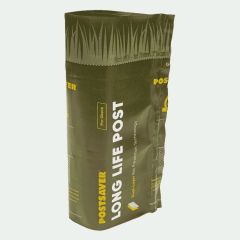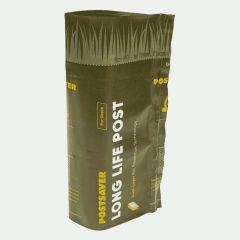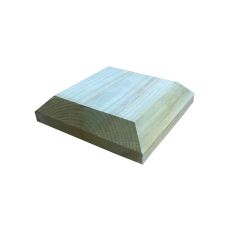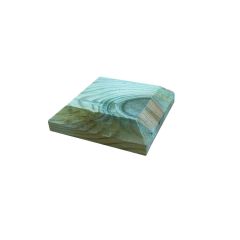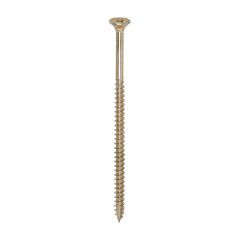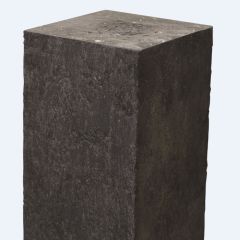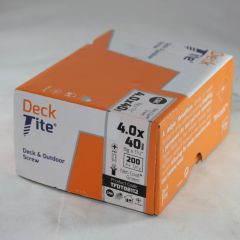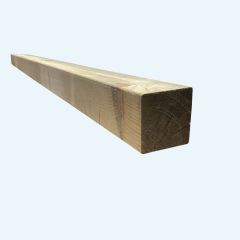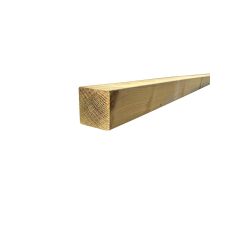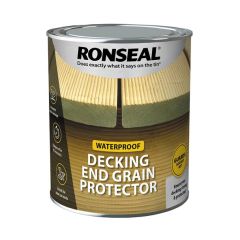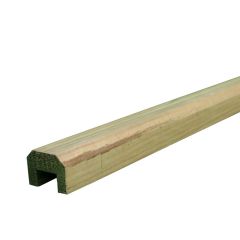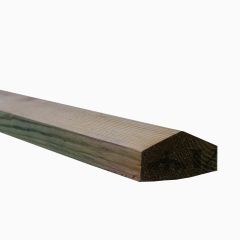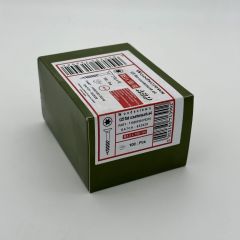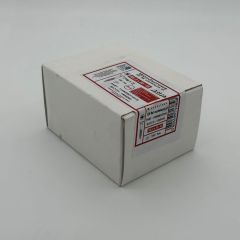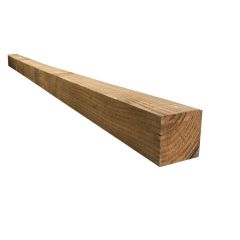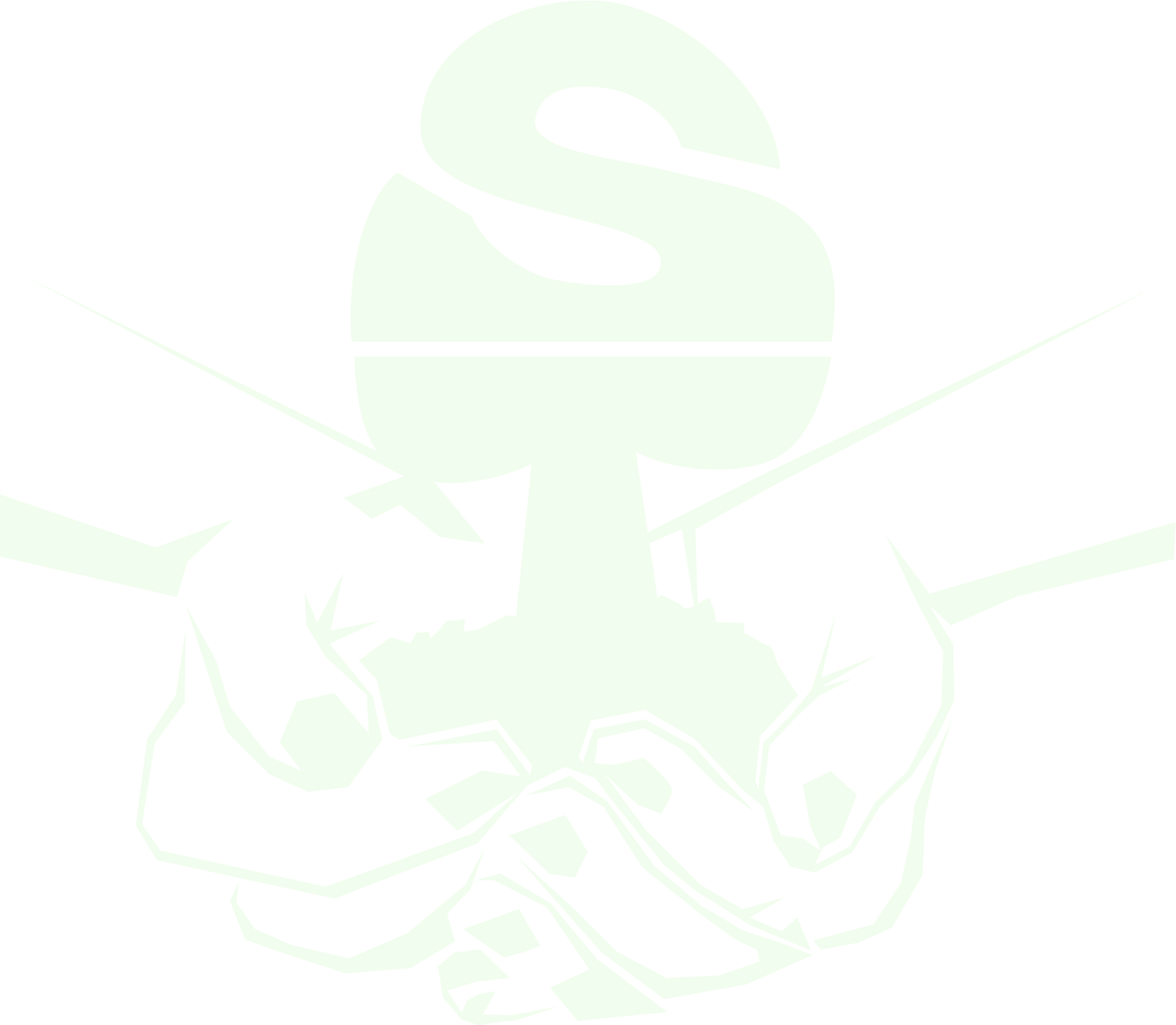Timber Fencing
Timber fencing is a popular option for both domestic and commercial premises. It provides security and privacy, can be used to mark/define borders, is easy to install, and is relatively inexpensive. Timber fencing outlined here includes feather edge boards, pales and pickets, fence capping and fencing rails.
Timber fences are adaptable for both domestic and commercial premises. Offering security and privacy they are easy to install and relatively inexpensive.
The choice of timber fence posts will largely depend on the style of fence chosen. Most fences now utilise 100mm square sawn posts dug into the ground and fixed with quick-setting PostCrete. They are secured to adjoining posts with fencing rails.
Our range of timber fence posts includes planed 100mm and 75mm for feature fences where smooth planed timber is used for rails and cladding.
Railed fences clad with feather edge boards offer privacy, security, and durability. There are various fence cladding options due to different timber materials.
Hit and Miss Fences
Normally interpreted as vertical posts, horizontal rails and vertical slats. The posts could be standard sawn, incised, planed or even metal Duraposts. “Hit and Miss” gives flexibility of post heights and post spacing, allowing for landscaping variations.
Cladding is typically 150mm boards with a 50mm (2”) gap. If the fence “needs” to be prettier then planed timber can be used. Other options include different width timbers, and board spacing. .
Ranch Style fencing uses horizontal timbers to form the screening, for variety they can be fixed in a chevron pattern. Once again 6” x 1” is the popular choice, but another option would be using half-round rails. Any questions Contact Us





